Soft Magnetic NdFeB Dies | NdFeB Mold Manufacturer
Neodymium magnet, also called NdFeB magnet, is a tetragonal crystal composed of neodymium, iron, and boron (Nd2Fe14B). In 1982, Masayoshi Sagawa of Sumitomo Special Metals discovered neodymium magnets. The magnetic energy product (BHmax) of this kind of magnet is greater than that of the samarium cobalt magnet, and it was the material with the largest magnetic energy product in the world at that time. Later, Sumitomo Special Metals successfully developed the powder metallurgy process, and General Motors successfully developed the melt-spinning process, which can prepare NdFeB magnets. This kind of magnet is a permanent magnet whose magnetism is second only to that of an absolute zero degree holmium magnet, and it is also the most commonly used rare earth magnet. NdFeB magnets are widely used in electronic products, such as hard drives, mobile phones, earphones, and battery-powered tools.
In order to avoid corrosion damage, it is necessary to do a protective treatment on the surface of the permanent magnet material during use, such as electroplating with gold, nickel, zinc, tin, and spraying epoxy resin on the surface.
In the past over 10 years, PTJ has been focusing on technical researching, production and marketing of Carbide dies. And provide the best Carbide dies and various electronic application solutions for cutomers from world wide. You always can find out a suitable NdFeB Dies case studies for your product in our official website.
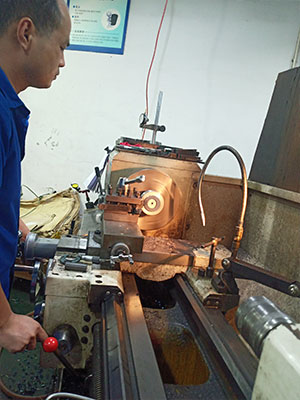
Standard NdFeB Dies by PTJ:
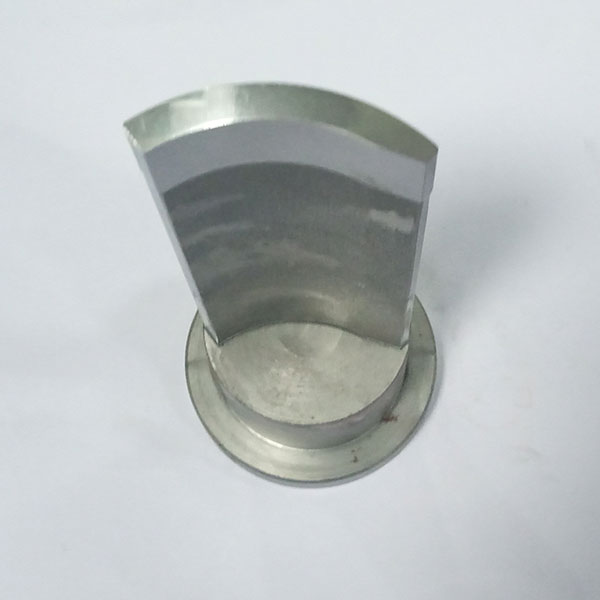
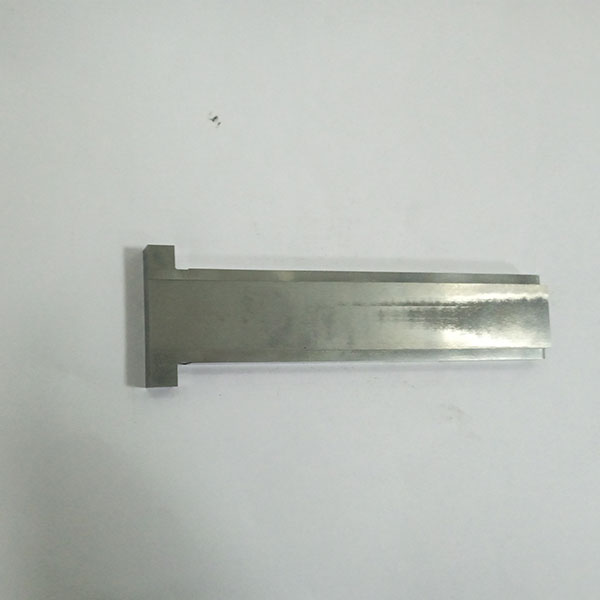


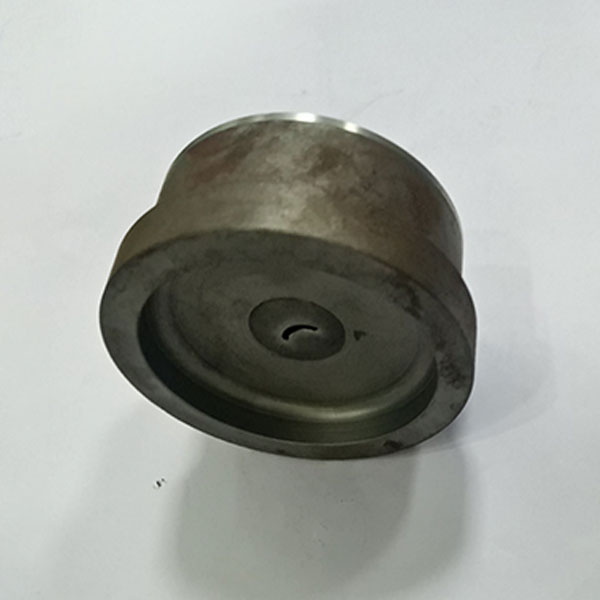
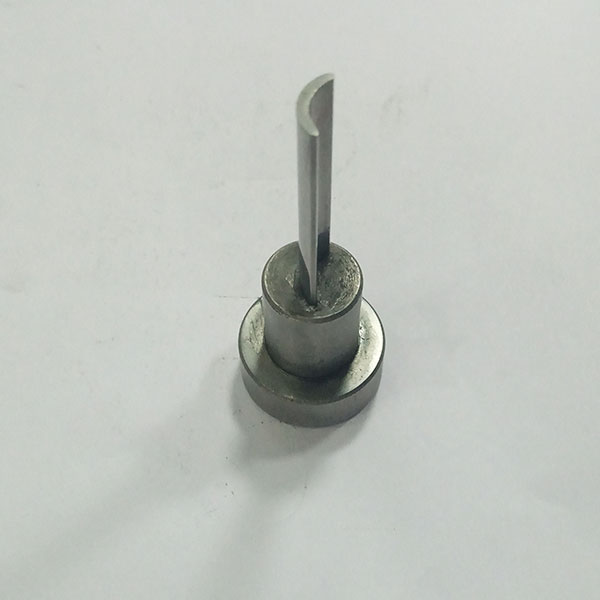
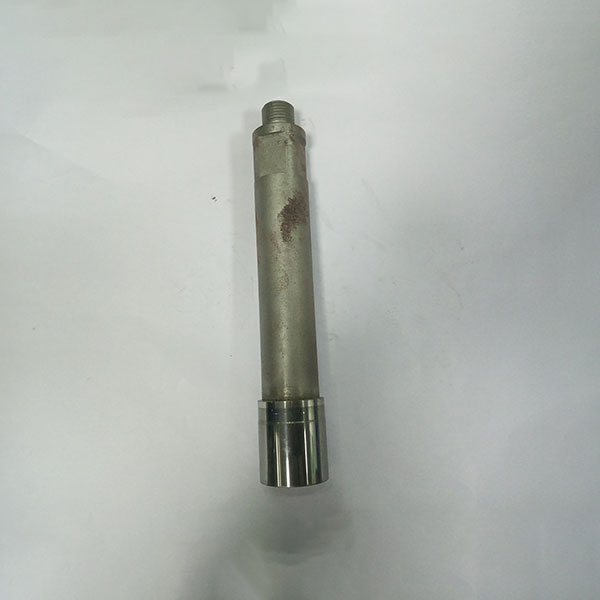
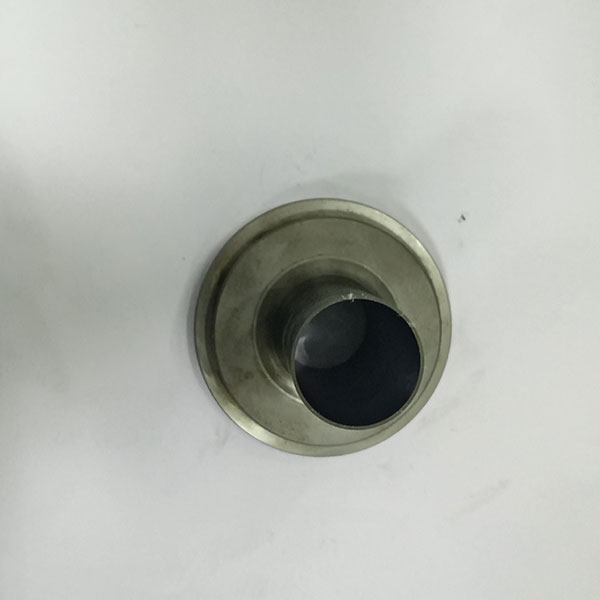
Table of Contents
What Is NdFeB Magnet(Ferrite Material)
In recent years, as an energy-saving and environmentally friendly sunrise industry, NdFeB magnets have been widely used in the fields of information technology, automobiles, nuclear magnetic resonance, wind power generation and motors. The compound growth rate in the next 3-5 years is expected to be about 20%. . As China has obvious resources, cost and market advantages, the world NdFeB industry is shifting to China. In 2005, China's NdFeB production accounted for more than 70% of the global output. NdFeB magnets are divided into sintered NdFeB and bonded NdFeB.
Sintered NdFeB
The Definition of Terms
Main magnetic properties: Including the remanence (Br) of the permanent magnet material, the magnetic polarization coercivity (intrinsic coercive force) (Hcj) the magnetic induction coercive force (Hcb), the maximum magnetic energy product ((BH) max)
Auxiliary magnetic properties: including the relative recoil permeability (μrec), temperature coefficient of remanence (α(Br)), temperature coefficient of coercive force of magnetic polarization (α(Hcj)), Curie temperature (Tc) of permanent magnetic materials
The Classification Grade Of NdFeB
Material classification: Sintered NdFeB permanent magnet materials are divided into low coercive force N, medium coercive force M, high coercive force H, super high coercive force SH, and ultra-high coercive force according to the coercive force of magnetic polarization strength. UH, six types of products with extremely high coercivity EH
Grades: Each type of product is divided into several grades according to the maximum magnetic energy product: N35—N52, N35M—N50M, N30H—N48H, N30SH—N45SH, N28UH—N35UH, N28EH—N35EH
Digital grade: grade example: 048021 means (BH) max is 366~398kj/m, Hcj is sintered neodymium iron boron permanent magnet material of 800KA/m.
Character designation: The designation of sintered neodymium iron boron permanent magnet material is composed of three parts of the main name and two magnetic properties. The first part is the main name, consisting of the chemical symbol of neodymium element ND, the chemical symbol of iron element FE and the chemical symbol of boron element B The second part is the number before the line, which is the nominal value of the material’s maximum magnetic energy product (BH) max (unit: kj/m), and the third part is the number after the diagonal line, the coercive force value of the magnetic polarization ( The unit is one-tenth of KA/m), and the value is rounded up.
Grade example: NdFeb380/80 means (BH) max is 366~398kj/m, Hcj is 800KA/MR sintered neodymium iron boron permanent magnet material.
The Chemical Composition Of NdFeB
The neodymium iron boron permanent magnet material is a permanent magnet material based on the intermetallic compound RE2FE14B. The main components are rare earth (RE), iron (FE), and boron (B). Among them, rare earth ND can be partially replaced by other rare earth metals such as dysprosium (Dy) and praseodymium (Pr) in order to obtain different properties. Iron can also be partially replaced by other metals such as cobalt (Co) and aluminum (Al). The content of boron is small, but However, it plays an important role in the formation of tetragonal crystal structure intermetallic compounds, so that the compound has high saturation magnetization, high uniaxial anisotropy and high Curie temperature.
The Manufacturing Process Of NdFeB
The sintered NdFeB permanent magnet material adopts powder metallurgy technology. The smelted alloy is made into powder and pressed in a magnetic field to form a compact. The compact is sintered in an inert gas or vacuum to achieve densification, in order to improve the coercivity of the magnet , Usually requires aging heat treatment.
The Material Application Of NdFeB
Sintered NdFeB permanent magnet materials have excellent magnetic properties and are widely used in electronics, electrical machinery, medical equipment, toys, packaging, hardware machinery, aerospace and other fields. The more common ones are permanent magnet motors, speakers, magnetic separators, Computer disk drives, magnetic resonance imaging equipment meters, etc.
Bonded NdFeB
The Material Of Bonded NdFeB
Product introduction: Manufactured by powder metallurgy.
Chemical composition: Nd2Fe14B
High remanence, high coercivity, high magnetic energy product, high performance and price ratio.
The surface coating or electroplating has low corrosion resistance.
It is easy to process various sizes and minimum specifications, and is widely used in various fields.
NdFeB bonded permanent magnet material is made by adding NdFeB magnetic powder into a binder. Since Japan successfully developed this material in 1988, its development has achieved considerable speed of sound and its output has doubled. As a high-performance permanent magnet material, it is in line with the trend of short-term, small, light-weight and thin modern electronic products.
The Application Of Bonded NdFeb
The production and application development of bonded neodymium iron boron permanent magnet materials is relatively late, and the application is not wide, and the amount is small. It is mainly used in office automation equipment, electrical machinery, audio-visual equipment, instrumentation, small motors and measuring machinery, and mobile phones. , CD-ROM, DVD-ROM drive motor, hard disk spindle motor HDD, other micro DC motors and automation instrumentation and other fields are widely used. In recent years, the application ratio of bonded NdFeB permanent magnet materials in my country is: 62% for computers, 7% for electronics industry, 8% for office automation equipment, 7% for automobiles, 7% for appliances, and 9% for others.
Compared with sintered magnets, it can be formed at one time without secondary processing, and can be made into magnets of various complex shapes. This is also incomparable to sintered magnets. Application of it can greatly reduce the volume and weight of the motor.
Sintered NdFeB permanent magnet materials have excellent magnetic properties and are widely used in electronics, electrical machinery, medical equipment, toys, packaging, hardware machinery, aerospace and other fields. The more common ones are permanent magnet motors, speakers, magnetic separators, Computer disk drives, magnetic resonance imaging equipment meters, etc. Nano (Royce3010) chelate film without coating treatment can meet the use of 20-30 years in marine climate conditions, and can be widely used in sea-based wind power generation. The surface adhesion force is more than 20Mpa, and it can be widely used in permanent magnet high-speed motors, special motors, and electric car motors. , UHV, HV DC power supply system, fast charging system, aerospace, military and other fieldsThe Process Flow Of NdFeB Magnet
Technological process: ingredients → smelting ingot/spinning belt → powder making → profiling → sintering and tempering → magnetic inspection → grinding → pin cutting → electroplating → finished product. Among them, the ingredients are the basis, and the sintering and tempering is the key.
NdFeB magnet blank production tools and performance testing tools: smelting furnace, belt spinning furnace, jaw breaking machine, jet mill, compression molding machine, vacuum packaging machine, isostatic press, sintering furnace, heat treatment vacuum furnace, magnetic performance test Meter, Gauss meter.
NdFeB magnet machining tools: centerless grinding, spheronization machine, double-end grinding, flat grinding, slicer, double-sided grinding, wire cutting, bench drill, special-shaped grinding, etc.
The Chemical Composition Of NdFeB Magnet
The NdFeB permanent magnet material is a permanent magnet material based on the intermetallic compound Nd2Fe14B. The main components are rare earth elements neodymium (Nd), iron (Fe), and boron (B). Among them, the rare earth element is mainly neodymium (Nd). In order to obtain different properties, some other rare earth metals such as dysprosium (Dy) and praseodymium (Pr) can be substituted. Iron can also be partially replaced by other metals such as cobalt (Co) and aluminum (Al). The content of boron is small, but it plays an important role in the formation of tetragonal crystal structure intermetallic compounds, making the compounds have high saturation magnetization, high uniaxial anisotropy and high Curie temperature.
The third-generation rare earth permanent magnet NdFeB is the most powerful permanent magnet in contemporary magnets. Its main raw material is rare earth metal neodymium 29%-32.5%, metallic element iron 63.95-68.65%, non-metallic element boron 1.1-1.2% and dysprosium 0.6-8% niobium 0.3-0.5% aluminum 0.3-0.5% copper 0.05-0.15% and other elements.
Distinguish
- It is usually placed on a surface that can be adsorbed with a magnet of the same specification, such as: patch, blade, iron gate, etc., to distinguish the size of the magnetic force by hand
- Use electronic scales: Magnets with weak magnetic force are generally related to their density. If the density is low, the magnetic force will be relatively small. If the weight is heavy, the magnetic force will be relatively large. On the contrary, if the weight is light, the magnetic force will be small. The test was done.
Overview
Each type of product is divided into several grades according to the maximum magnetic energy product
The grades of NdFeB magnetic materials are: N35—N52, 35M—50M, 30H—48H, 30SH—45SH, 28UH—35UH, 28EH—35EH.
Grade example: 048021 means (BH) max is 366~398kj/m3, Hcj is 800KA/m sintered neodymium iron boron permanent magnet material.
The grade of sintered NdFeB permanent magnet material consists of three parts: the main name and two magnetic properties. The first part is the main name, consisting of the chemical symbol ND of neodymium element, the chemical symbol of iron element FE and the chemical symbol of boron element B. The second part is the number before the line, which is the nominal value of the material’s maximum magnetic energy product (BH) max (unit: kj/m3), and the third part is the number after the diagonal line, the coercive force value of the magnetic polarization (unit: One tenth of KA/m), the value is rounded up.
Grade example: NdFeb380/800 means (BH) max is 366~398kj/m3, Hcj is 800KA/MR sintered neodymium iron boron permanent magnet material.
NdFeB surface treatment:
- Phosphating;
- Inorganic salt passivation;
- Electroplating;
- Electrophoresis;
- Vacuum deposition;
Curie Temperature
- The Curie temperature of ferrite is 465℃,
- The Curie temperature of NdFeB is 320°C-460°C,
- The Curie temperature of AlNiCo is 800℃,
- The Curie temperature of samarium cobalt is 700-800℃
- The Curie temperature of FeCrCo is 680 degrees
| No | Residual magnetic induction | Coercivity | Intrinsic coercivity | Maximum magnetic energy product | Maximum working temperature |
| Br mT | bHc KA/m | iHc KA/m | (BH)max KJ/m3 | Tw ℃ | |
| (KG) | (kOe) | (kOe) | (MGOe) | ||
| N35 | 1170-1210 | ≥868 | ≥955 | 263-287 | 80 |
| (11.7-12.1) | (≥10.9) | (≥12) | (33-36) | ||
| N38 | 1210-1250 | ≥899 | ≥955 | 287-310 | 80 |
| (12.1-12.5) | (≥11.3) | (≥12) | (36-39) | ||
| N40 | 1250-1280 | ≥923 | ≥955 | 318-342 | 80 |
| (12.5-12.8) | (≥11.6) | (≥12) | (38-41) | ||
| N42 | 1280-1320 | ≥923 | ≥955 | 318-342 | 80 |
| (12.8-13.2) | (≥11.6) | (≥12) | (38-41) | ||
| N45 | 1320-1380 | ≥876 | ≥955 | 342-366 | 80 |
| (13.2-13.8) | (≥11.0) | (≥12) | (43-46) | ||
| N48 | 1380-1420 | ≥835 | ≥876 | 366-390 | 80 |
| (13.8-14.2) | (≥10.5) | (≥11) | (46-49) | ||
| N33H | 1130-1170 | ≥836 | ≥1353 | 247-241 | 120 |
| (11.3-11.7) | (≥10.5) | (≥17) | (31-34) | ||
| N35H | 1170-1210 | ≥868 | ≥1353 | 263-287 | 120 |
| (11.7-12.1) | (≥10.9) | (≥17) | (33-36) | ||
| N38H | 1210-1250 | ≥899 | ≥1353 | 287-310 | 120 |
| (12.1-12.5) | (≥11.3) | (≥17) | (36-39) | ||
| N40H | 1240-1280 | ≥923 | ≥1353 | 302-326 | 120 |
| (12.4-12.8) | (≥11.6) | (≥17) | (38-41) | ||
| N42H | 1280-1320 | ≥955 | ≥1353 | 318-342 | 120 |
| (12.8-13.2) | (≥12.0) | (≥17) | (40-43) | ||
| N45H | 1320-1360 | ≥955 | ≥1353 | 342-366 | 120 |
| (13.2-13.6) | (≥12.0) | (≥17) | (43-46) | ||
| N33SH | 1130-1170 | ≥844 | ≥1592 | 247-272 | 150 |
| (11.3-11.7) | (≥10.6) | (≥20) | (31-34) | ||
| N35SH | 1170-1210 | ≥876 | ≥1592 | 263-287 | 150 |
| (11.7-12.1) | (≥11.0) | (≥20) | (33-36) | ||
| N38SH | 1210-1250 | ≥907 | ≥1592 | 287-310 | 150 |
| (12.1-12.5) | (≥11.4) | (≥20) | (36-39) | ||
| N40SH | 1240-1280 | ≥939 | ≥1592 | 302-326 | 150 |
| (12.4-12.8) | (≥11.8) | (≥20) | (38-41) |
